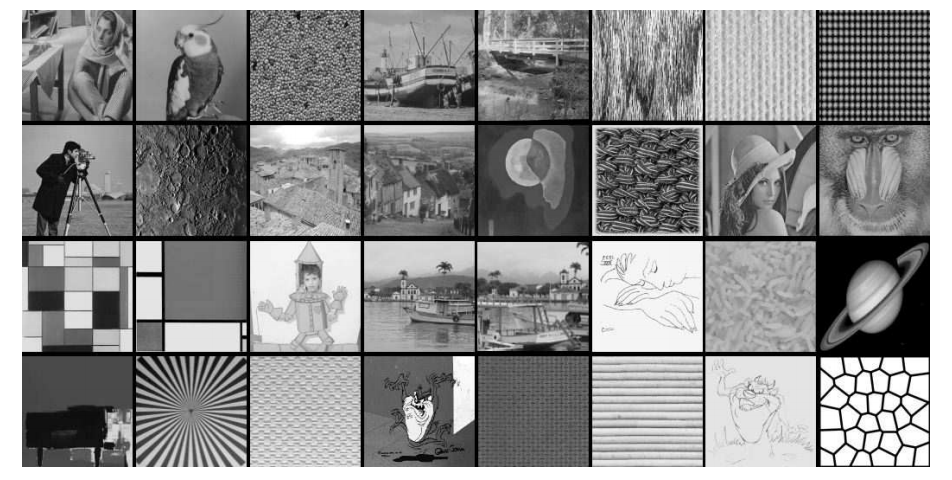| Authors: | J. Bobin, J.-L. Starck, Y. Moudden, J. M. Fadili |
| Journal: | AIEP |
| Year: | 2008 |
| Download: | HAL |
Abstract
Over the last few years, the development of multi-channel sensors motivated interest in methods for the coherent processing of multivariate data. Some specific issues have already been addressed as testified by the wide literature on the so-called blind source separation (BSS) problem. In this context, as clearly emphasized by previous work, it is fundamental that the sources to be retrieved present some quantitatively measurable diversity. Recently, sparsity and morphological diversity have emerged as a novel and effective source of diversity for BSS. We give here some essential insights into the use of sparsity in source separation and we outline the essential role of morphological diversity as being a source of diversity or contrast between the sources. This paper overviews a sparsity-based BSS method coined Generalized Morphological Component Analysis (GMCA) that takes advantages of both morphological diversity and sparsity, using recent sparse overcomplete or redundant signal representations. GMCA is a fast and efficient blind source separation method. In remote sensing applications, the specificity of hyperspectral data should be accounted for. We extend the proposed GMCA framework to deal with hyperspectral data. In a general framework, GMCA provides a basis for multivariate data analysis in the scope of a wide range of classical multivariate data restorate. Numerical results are given in color image denoising and inpainting. Finally, GMCA is applied to the simulated ESA/Planck data. It is shown to give effective astrophysical component separation.

